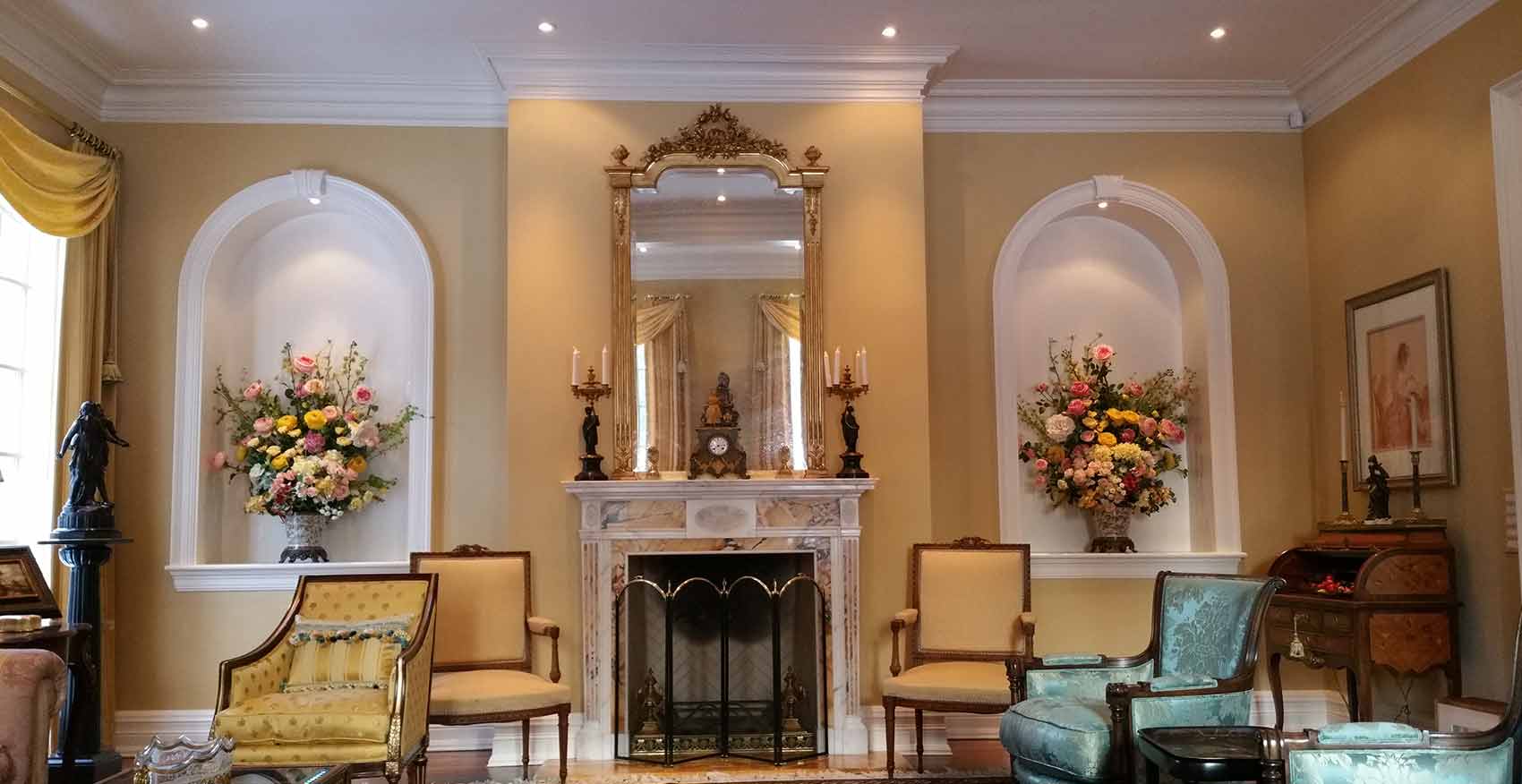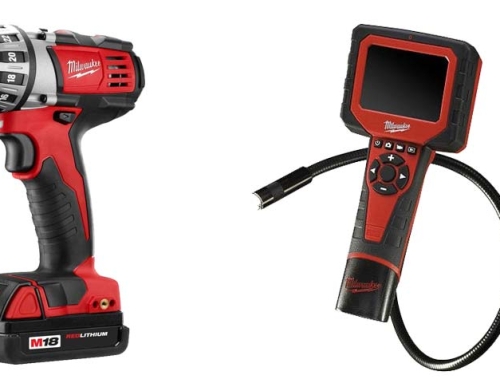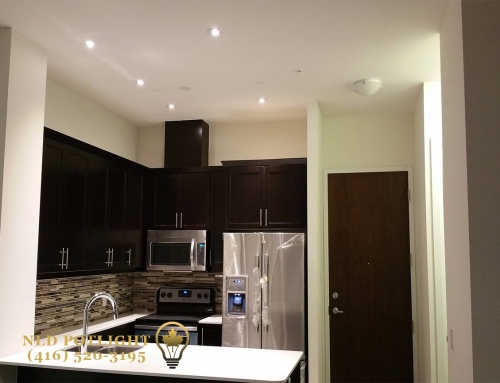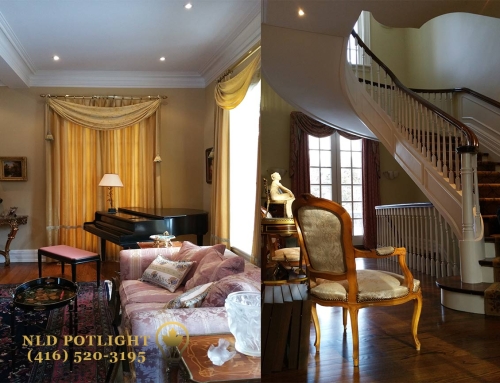What are Pot Lights
What are Pot Lights
Sometimes called a downlight or recessed light, the pot light is a fixture that is installed into an opening in the ceiling as opposed to hanging below. When the light is properly installed, it will appear as though the light itself is shining through a hold in the ceiling much like sunlight coming in through an opening in the roof. The light itself however can be broadened out to flood the area with light or can be narrowed much like a spotlight.
The light itself is placed inside the housing which is then installed in the ceiling. The trim is the visible portion of the light structure that you see when looking at the ceiling. When looking upwards at the light you will see the insert around the light itself and a thin lining which can be seen around the edge. The housing of the light holds the bulb and acts as a lamp holder.
A relatively simple and straight forward design, pot lights have been on the market since the 1930s when they were invented by Ivan Kirlin. The advantages of this type of light has been well noted in commercial and residential structures over the years and thanks to new LED technology have actually become even more energy efficient as a result.
What are trims ?
The styles of the housing and trim have changed over the years which mean that you can choose from a number of different styles so that you can find the one that best suits your home. This means that you can choose trim that comes in a standard baffle in black or white that enhances the aesthetic appearance of the room to a greater degree. Or, you can choose cone trims that offer a lower brightness setting that is well suited for certain rooms in your home.
You can go with luminous trims or adjustable trims that actually protrude a bit from the ceiling if that is your choice. Such lights offer greater versatility when it comes to setting up. Plus, you can go with wall-washer trims that take care of the “scalloped effect” that sometimes occur with pot lights. Finally, you can choose one that has a lens which covers the light. This is mainly used in wet areas such as kitchens and bathrooms as the lens will protect the bulb from the moisture while diffusing the light itself.





